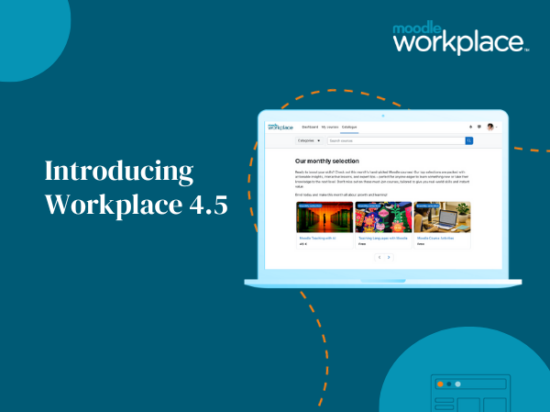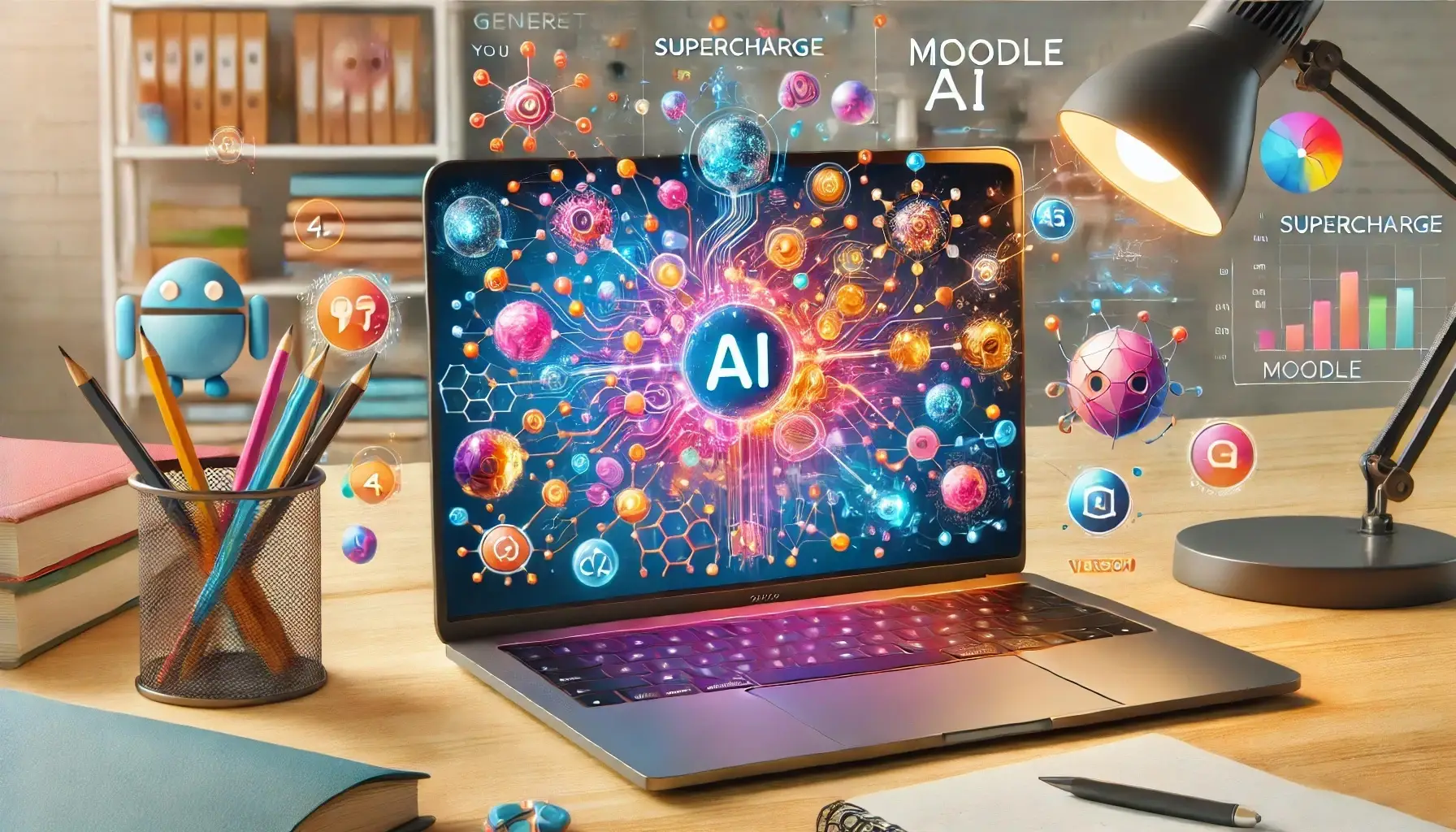Blended learning may not be new but remains relevant to many learning and development professionals. Technology has had a pioneering influence in the way curriculum is delivered and how it engages with learners.
Blended learning combines a number of methods and approaches to deliver training – it comprises of face to face learning, web-based technologies such as web-conferencing as well as e-learning.
Designing blended learning:
- Identify the training or course objectives
- Choose an appropriate delivery method; it may be a combination of instructor-led facilitation and self-study
- Customise content to your target learner
- Integrate appropriate interactivity appropriate
- Decide what will be assessable
Benefits of blended learning:
- Cost-effective to produce
- Engages learners
- Responds to different learning styles
- Provides just-in-time blended solutions
- Creates a positive learning environment among learners
- Makes good use of current resource
- Applies 70-20-10 principles
Blended learning accommodates a range of learning styles; organisations may consider adopting a combination of blended learning solutions to support and implement their training initiatives.







